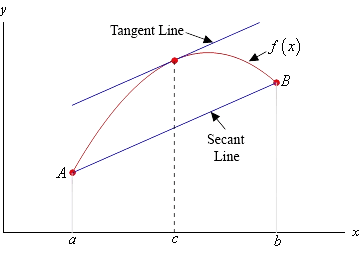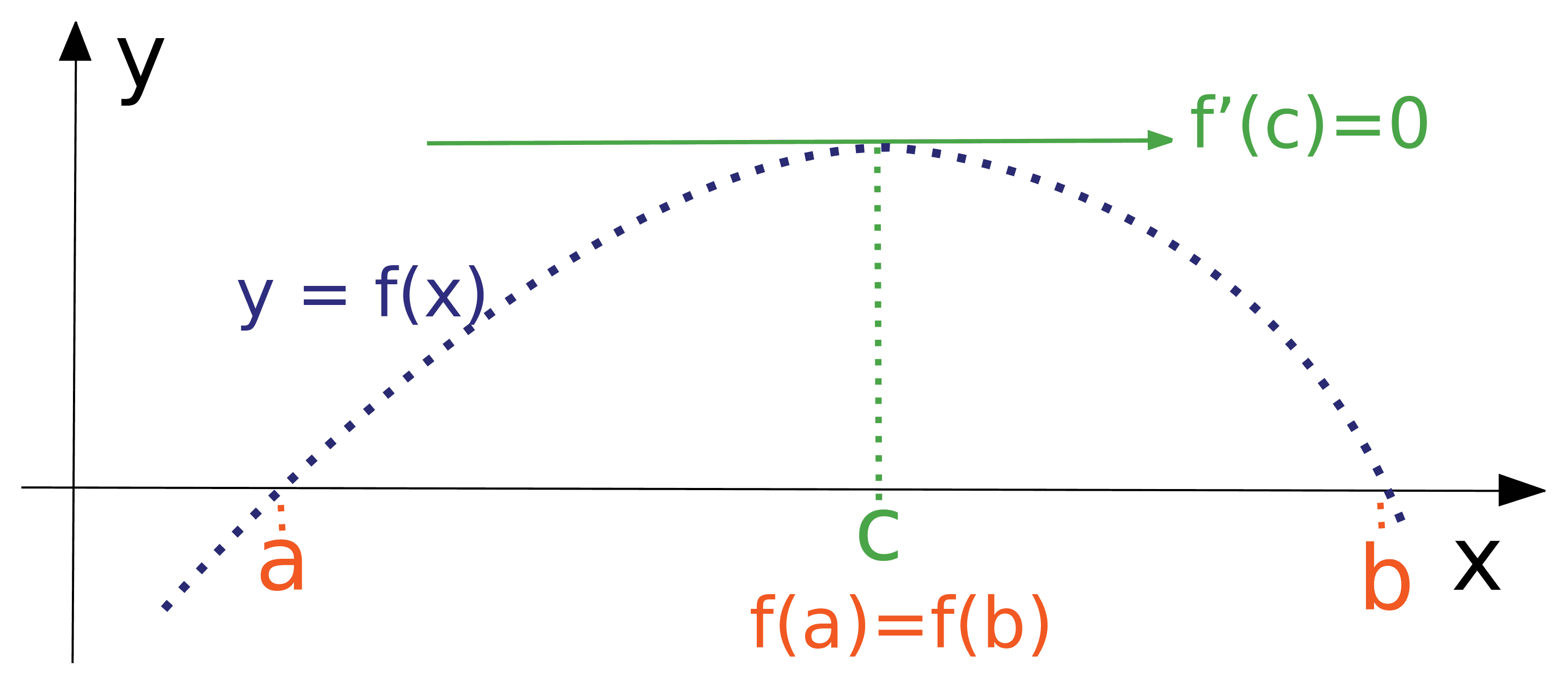Derivatives
The first principle is the definition of the derivative of a function at :
Note the notation of prime (), which denotes the derivative against for any function primed.
Differentiation formulas and rules
- We can differentiate individual items:
- We can factor out a multiplicative constant:
- Derivative of a constant is 0:
- Power rule:
| 1. | ||
| 2. | ||
| 3. | ||
| 4. | ||
| 5. | ||
| 6. | ||
| 7. | ||
| 8. | ||
| 9. | ||
| 10. | ||
| 11. | ||
| 12. | ||
| 13. |
Techniques of differentiation
(switch and ).
- Inverse functions only exists in the domain of where is bijective (one-to-one and onto). This means that the domain where gives unique values is the range of .
- The range of is the domain of .
- The domain of is the range of .
At , we first find and the value of , then we apply the formula to find the value of :
can be found by solving .
Differentiate all , add behind all differentiations of .
To find for :
To find the second derivative , differentate the expression and substitute back in.
To differentiate a function to the power of another function, we can take the logarithm of the function, then differentiate.
To find for :
For any , if is in indeterminate form after substitution, we can conclude:
To find , we first check if the limit is indeterminate, then we can apply the rule:
Important theorems
For that is continuous in and differentiable in :
The theorem tells us that, in described conditions, there must be a point where the slope of the tangent line is equal to the slope of the line from (secant line).

For that is continuous in and differentiable in :

For , if has 4 roots, then has 3 roots.
Extremum points
A critical point is a point where or undefined, or the end-points of the domain if inclusive.
An inflection point is a point where or undefined, that the concavity of the function changes.
The absolute maximum/minimum points are the points where the function has the largest/smallest value in the entire domain.
The local maximum/minimum points are the points where the function has the largest/smallest value in a small interval around the point.
Determining shape of graph
Concavity is the direction of the curve, and can be described by the values of and :
Note: Arrows goes clock-wise.
| Step | Expression | |
|---|---|---|
| 1. | Determine domain of function | |
| 2. | Special points without continuity? | |
| 3. | Axis intercepts | |
| 4. | Critical points | or undefined |
| 5. | Point maxima? | or |
| 6. | Inflection points | or undefined |
| 7. | Horizontal asymptotes | |
| 8. | Vertical asymptotes | |
| 9. | Area strictly increasing/decreasing? | or |
| 10. | Area concavity? |
Related: Definition of asymptotes